1. Centralia, Pennsylvania
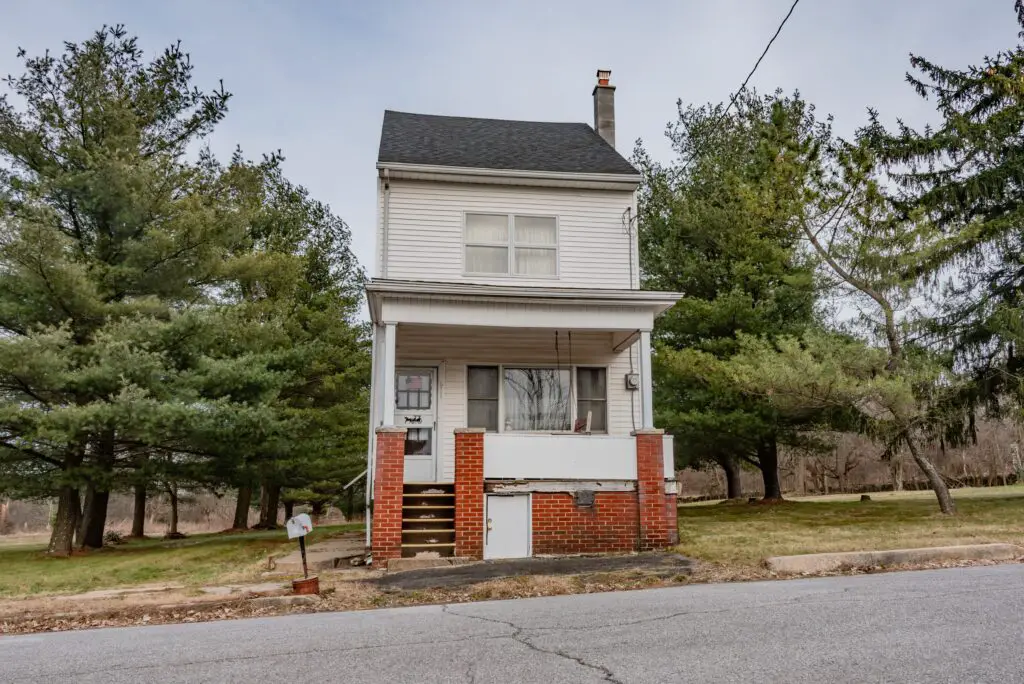
Centralia is often regarded as one of the eeriest ghost towns in the U.S., but its chilling backstory is what truly sets it apart. The town, once thriving with a population of over 1,000 people, became nearly uninhabitable after a coal mine fire ignited beneath the town in 1962. The fire, which still burns underground to this day, caused toxic gas leaks, making the area dangerous for residents. By 1984, the government condemned the town, and nearly all residents were relocated, leaving behind empty homes and the occasional fleeting soul shares WNEP.
Today, Centralia’s desolate landscape is littered with cracked streets, overgrown vegetation, and eerie smoke rising from fissures in the ground. Visitors often come to see the remnants of a once-vibrant community now consumed by an endless fire. The sight of abandoned vehicles and the constant smell of smoke in the air can make anyone feel like they’ve stepped into a post-apocalyptic world. Despite efforts to erase the town from maps, it remains a haunting reminder of the power of nature’s unchecked forces adds MSN.
2. Gary, Indiana
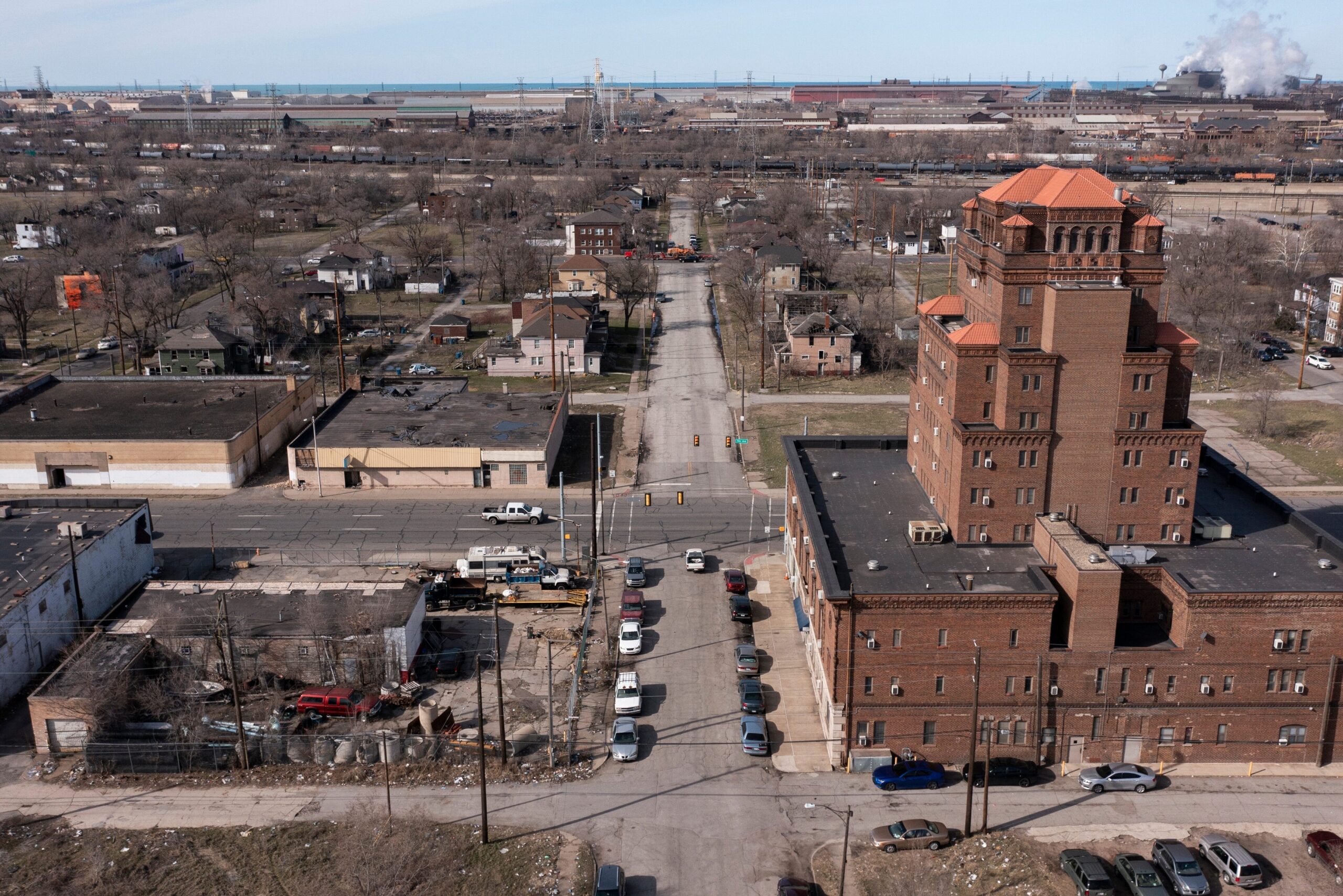
Gary, Indiana, once a booming industrial city, became a shadow of its former self after its heyday in the early 20th century. Founded in 1906 by U.S. Steel, the town was originally home to thousands of workers and their families who thrived in the steel industry. However, as the American steel industry began to decline in the 1970s, Gary faced mass layoffs, leaving the city’s economy in ruins. By the 1990s, much of Gary had been abandoned, and the city became known for its crumbling buildings and deteriorating infrastructure shares CBS News.
Today, Gary stands as a haunting reminder of the impact of industrial collapse on small American towns. The empty steel mills and boarded-up homes paint a stark picture of the city’s fall from prosperity. Though some areas have been redeveloped, much of Gary still remains abandoned, and the city’s ghostly atmosphere is enhanced by the eerie silence that pervades its streets. Visitors often find themselves drawn to the town’s history and the tragedy of what once was—a prosperous city now overrun by time and neglect adds WGN-TV.
3. Bodie, California
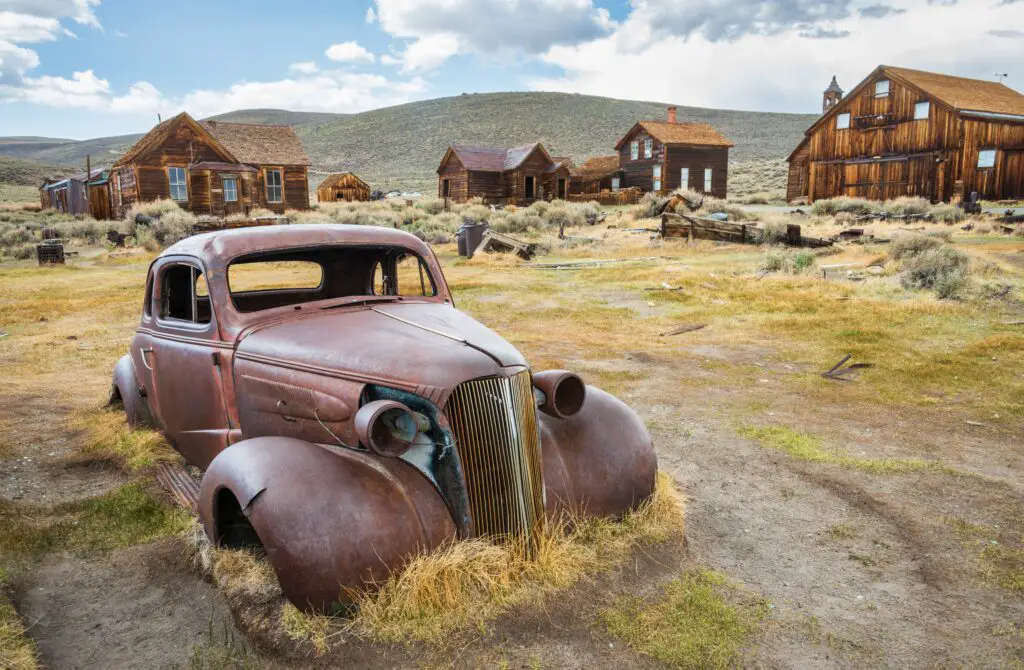
Bodie, California, was once a bustling gold-mining town, but now it stands as a perfectly preserved ghost town, frozen in time. Founded in the late 1800s during California’s gold rush, Bodie quickly grew into a vibrant town, complete with saloons, shops, and schools. But by the early 1900s, the gold ran out, and the town was abandoned by its residents. The empty buildings, which have been preserved in a state of “arrested decay,” tell the story of a town that once experienced the highs and lows of the American frontier.
The remnants of Bodie evoke a sense of eerie nostalgia, with abandoned homes filled with old furniture and rusted mining equipment scattered throughout. A visit to Bodie feels like stepping into a time capsule, with dust-covered objects and weathered wooden walls standing as a reminder of the town’s once-booming economy. Today, Bodie is a state historic park, with only a few caretakers keeping watch over the ghostly remains. Its isolation and desolation make it a popular destination for ghost hunters and history enthusiasts alike.
4. Ruby, Arizona
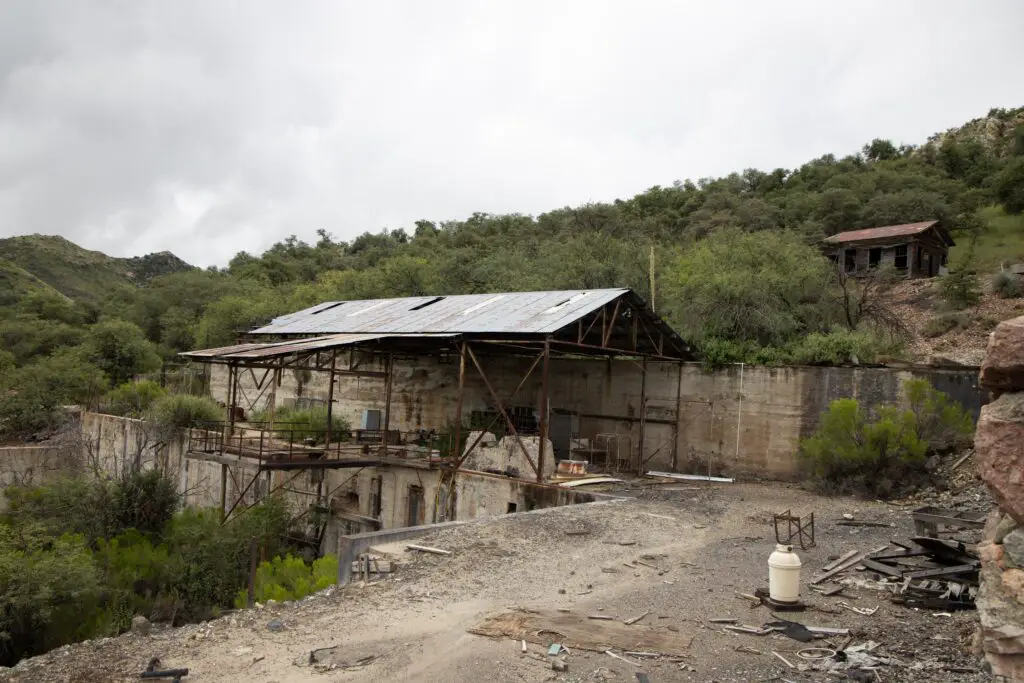
Ruby, Arizona, was once a thriving mining community, known for its rich deposits of copper, silver, and gold. By the early 20th century, the town boasted a population of several hundred people, complete with a school, post office, and even a jail. But in the 1930s, the Great Depression took its toll, and the mine’s resources became increasingly difficult to access. By the 1940s, Ruby was abandoned, and the once-bustling town was left to fall into disrepair.
Today, Ruby stands as a haunting reminder of the harsh realities of the mining industry. The town’s deserted buildings, including a crumbling church and long-forgotten homes, are eerily quiet. The remnants of Ruby are still accessible by foot or car, and visitors often report feeling a sense of isolation and unease as they explore the ghost town. The story of Ruby, like so many others, is one of hope turned to dust, leaving behind only memories in the dry Arizona desert.
5. Milltown, Montana
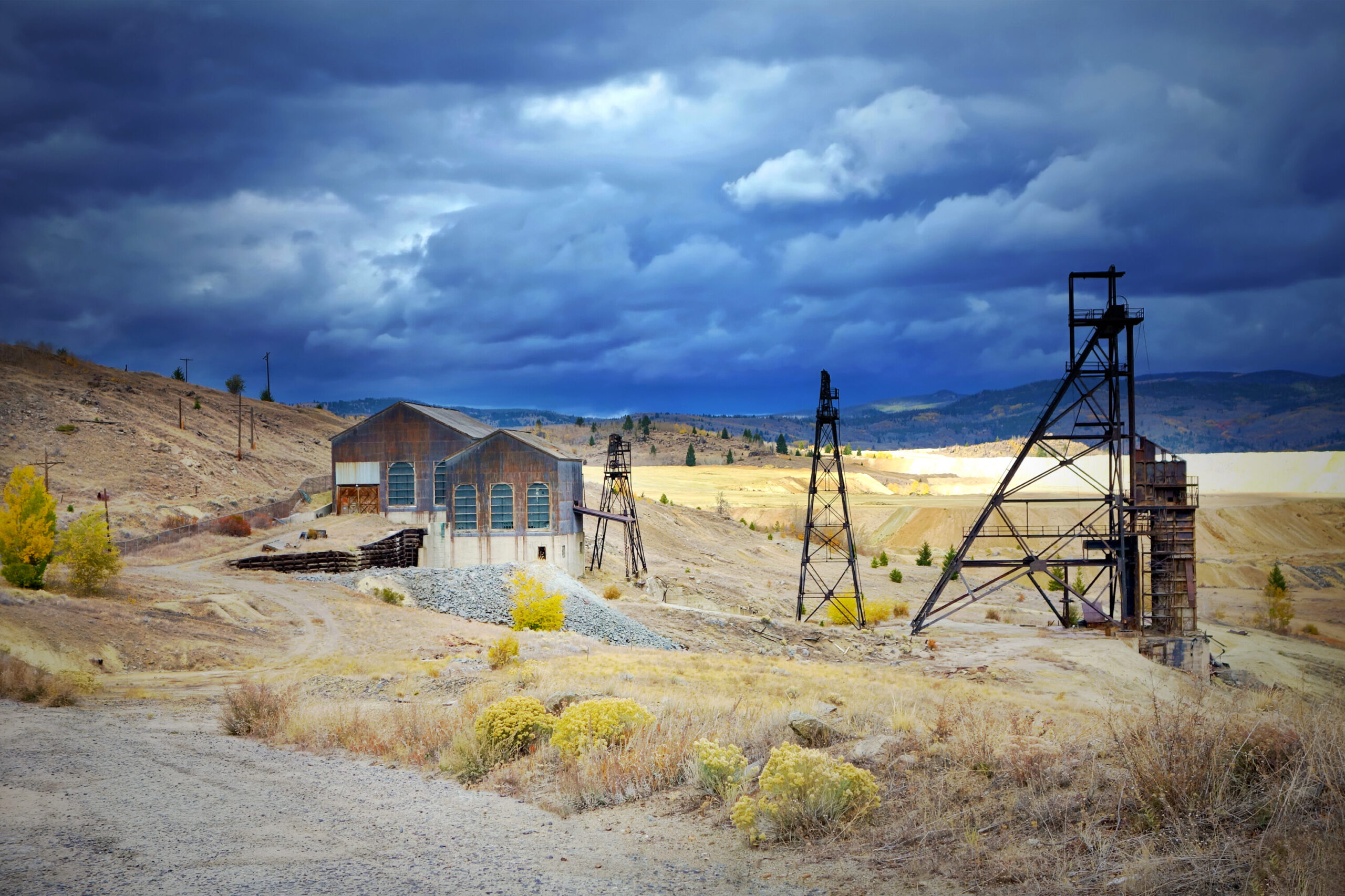
Milltown, Montana, was once a bustling town at the intersection of the Blackfoot and Clark Fork Rivers, built around a large sawmill and railroad depot in the late 1800s. Known for its thriving timber industry, Milltown grew rapidly, with families flocking to the area for work. However, by the mid-1900s, environmental damage caused by decades of industrial activity, particularly the mill’s toxic waste, began to take its toll. In the 1980s, residents were forced to relocate as the town became increasingly polluted.
Today, Milltown is a quiet, eerie place, with the remnants of the mill and old homes buried beneath layers of overgrowth. What remains of the town serves as a stark reminder of the consequences of industrial growth on the environment. The area’s hazardous legacy and the disappearance of its once-thriving community create a ghostly atmosphere, making it a haunting spot for curious visitors. Milltown’s fate is a somber reflection on the price of progress, leaving behind an abandoned town that nature is slowly reclaiming.
6. Cahawba, Alabama
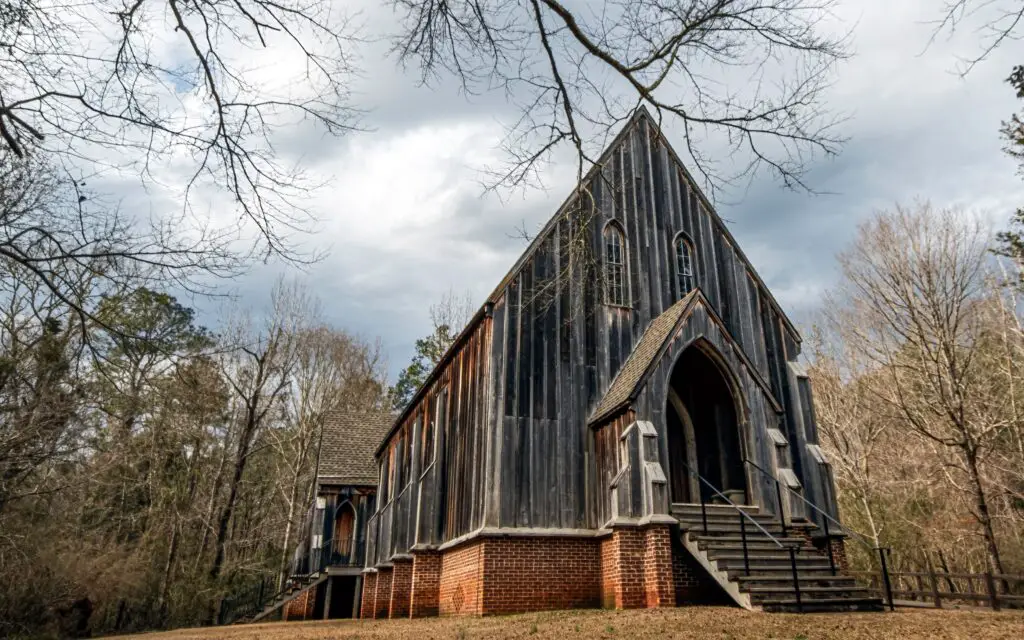
Cahawba, Alabama, was the first state capital of Alabama and a bustling town in the early 19th century. Located near the Cahaba River, the town was a strategic location that attracted settlers and businesspeople alike. At its peak, Cahawba had a cotton economy, a busy port, and a prosperous population. However, following a series of devastating floods and the Civil War’s destruction, the town fell into decline and was eventually abandoned.
The haunting remains of Cahawba are now part of a state historic park, where visitors can wander among the overgrown ruins. The decaying brick buildings, once home to thriving businesses, stand silent in the Alabama wilderness. Walking through Cahawba today feels like stepping into a ghostly past, where the echoes of a once-vibrant community can still be felt in the stillness of the air. Despite its abandonment, Cahawba’s legacy as Alabama’s first capital lives on in its haunting remnants.
7. St. Elmo, Colorado

Nestled high in the Colorado Rockies, St. Elmo was once a lively mining town that boomed during the late 1800s. The town’s gold and silver mines attracted hundreds of miners and their families, building a vibrant community in a remote mountain valley. But as the precious metals grew scarce, the town began to die out, and by the early 1900s, St. Elmo was completely abandoned.
Today, St. Elmo is one of the most well-preserved ghost towns in Colorado. Its wooden buildings, though weathered by the harsh mountain climate, still stand as silent witnesses to a once-thriving community. The town is known for its eerie atmosphere, with many visitors reporting strange occurrences, like flickering lights and unexplained sounds. Surrounded by towering pine trees and rugged mountains, St. Elmo is a place where the past is never far from the present.
8. Cerro Gordo, California
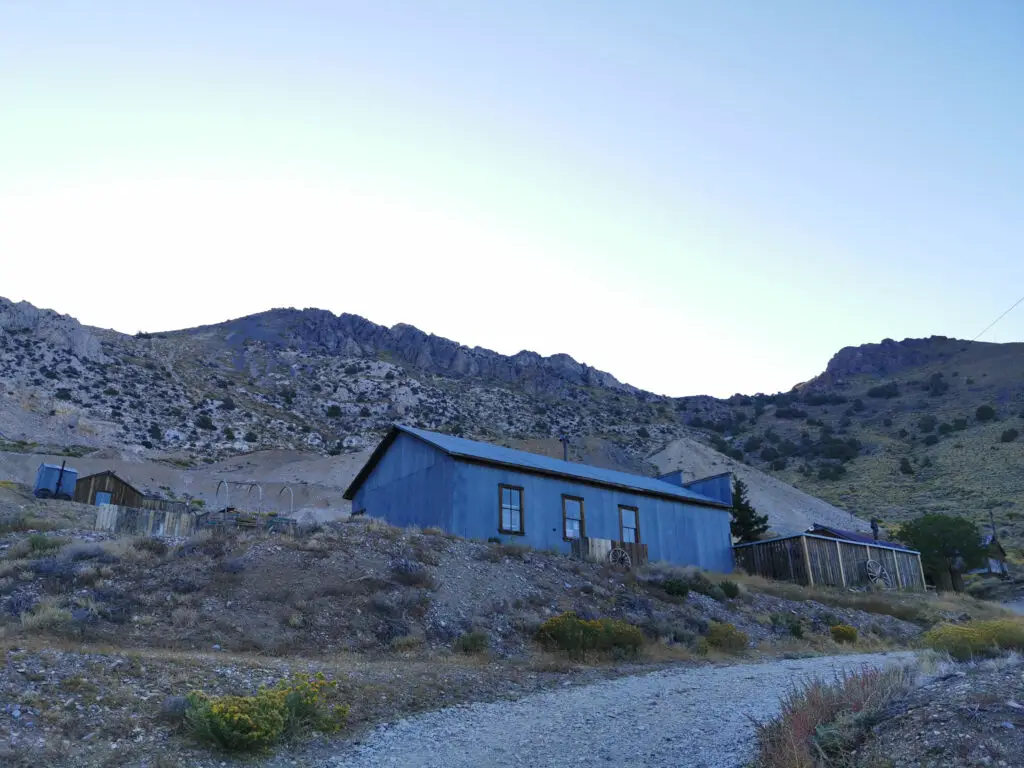
Cerro Gordo is a ghost town perched high in the Inyo Mountains, where it once thrived as a silver mining town. At its peak in the 1860s, Cerro Gordo was home to several hundred people and boasted its own hotel, post office, and even a saloon. But the silver mines soon ran dry, and by the late 1800s, the town was largely abandoned. Over the years, the harsh conditions of the surrounding desert and the harsh winters took their toll on the town.
Today, Cerro Gordo stands as a haunting reminder of the Old West. The town’s historic buildings, including its towering church and weathered miner’s cabins, still stand, though they are slowly deteriorating under the harsh desert sun. Visitors can explore the town’s relics, including old mining equipment, empty homes, and rusted wagons. The isolation and desolation of Cerro Gordo give it a unique, eerie charm, making it a must-see for those interested in the history of America’s forgotten towns.
9. Bannack, Montana
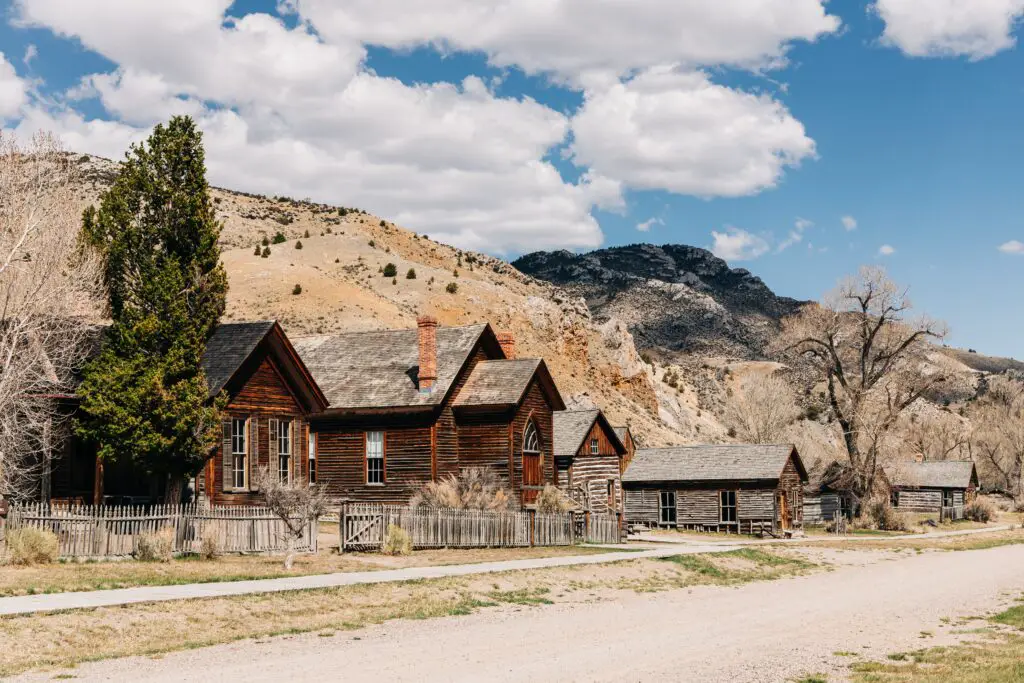
Bannack, Montana, was a thriving gold rush town in the mid-1800s, attracting prospectors from all over the world in search of fortune. The discovery of gold in Grasshopper Creek in 1862 led to the town’s rapid growth, with homes, saloons, and businesses springing up in the wilderness. But by the 1870s, as gold became harder to find, the town’s population dwindled, and Bannack was eventually abandoned.
Today, Bannack is a state park, preserving much of the town’s original structures. Its wooden buildings, including the old jail and saloon, give visitors a glimpse into life during the gold rush era. As one of Montana’s most well-preserved ghost towns, Bannack feels like a time capsule from the Wild West. The town’s desolate streets and abandoned homes evoke a sense of the harsh realities of life during the gold rush, where hope was often short-lived.
10. Picher, Oklahoma
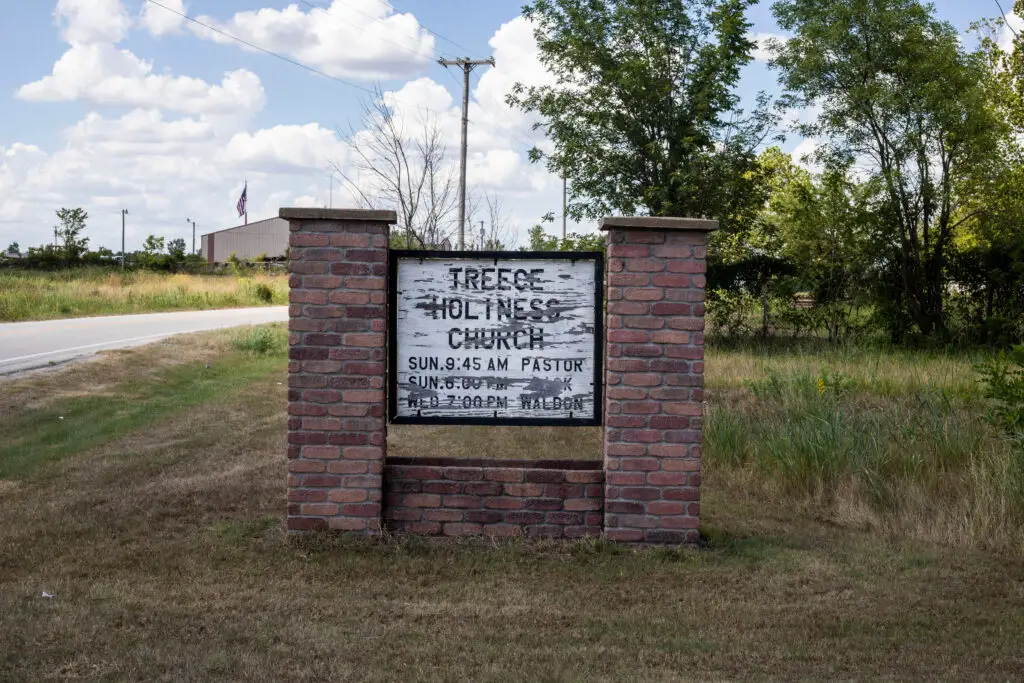
Once a thriving lead and zinc mining town, Picher, Oklahoma, was abandoned after the mines became too dangerous to operate. The town was once home to thousands of residents, but by the 1980s, Picher was facing a massive environmental crisis due to toxic waste from the mines contaminating the land and water. By 2009, the town was officially declared a Superfund site, and residents were forced to leave, marking the end of Picher’s existence.
Today, the remains of Picher are a haunting reminder of the town’s once-prosperous mining days. The empty streets and crumbling homes stand as evidence of the environmental disaster that led to its downfall. Visitors can still find remnants of the town’s past, including rusted mining equipment and abandoned vehicles. Picher’s tragic history serves as a cautionary tale about the environmental consequences of industrial exploitation.
11. Ashcroft, Colorado

Ashcroft, Colorado, was once a booming mining town in the late 1800s, known for its silver mines and beautiful mountain setting. The town’s population grew rapidly, and by 1882, it had over 2,000 residents. But as silver prices fell and the mines ran dry, the town’s economy collapsed. By the early 1900s, Ashcroft was abandoned, leaving behind the remnants of a once-thriving community.
Today, Ashcroft is a popular tourist destination for those seeking a glimpse into Colorado’s mining history. The abandoned buildings, including a large hotel and several homes, stand in stark contrast to the natural beauty of the surrounding mountains. The town’s isolation and haunting atmosphere make it a popular stop for hikers and history buffs. Ashcroft’s remains are a reminder of the fleeting nature of prosperity in the harsh, unforgiving environment of the American West.
12. Leadville, Colorado
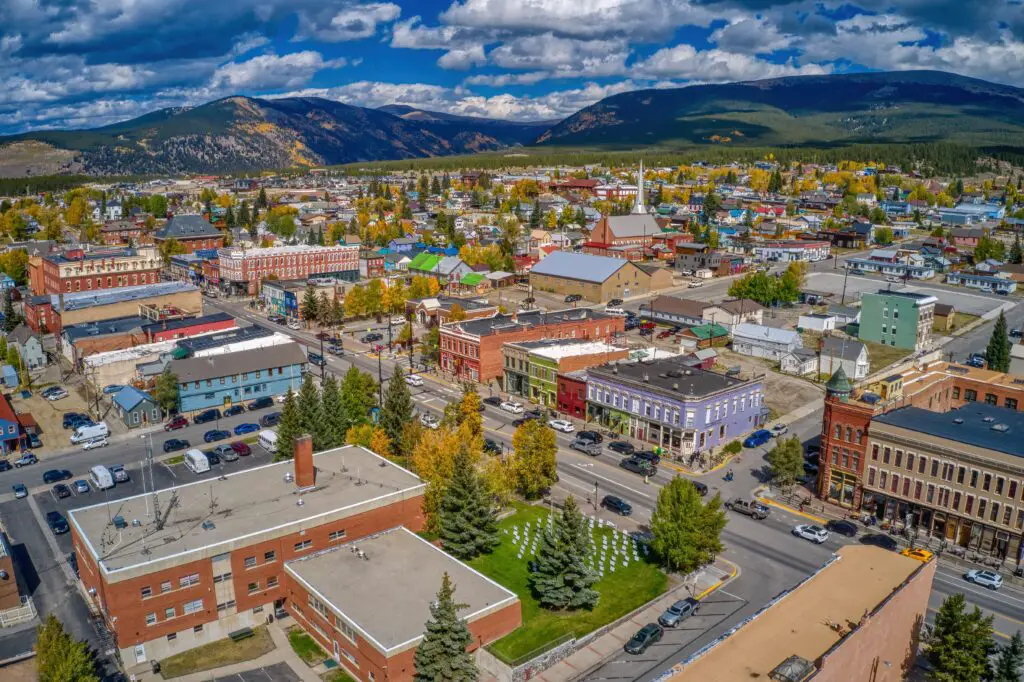
Leadville, Colorado, was once one of the richest silver mining towns in the U.S., with fortunes being made and lost in the span of just a few decades. The town’s population swelled during the 1880s, as miners flocked to the area in search of silver. But by the early 1900s, the silver veins ran dry, and the town’s boom turned to bust. Leadville became a shadow of its former self, with many residents leaving for greener pastures.
Despite its decline, Leadville has managed to retain much of its historic charm. The town’s Victorian-era buildings and mining structures still stand, though many are in various stages of decay. Today, Leadville is a popular tourist destination for those interested in its rich mining history and picturesque mountain setting. Visitors can explore the town’s museums, mining sites, and abandoned buildings, all while imagining the bustling life that once filled its streets.
13. Seligman, Arizona
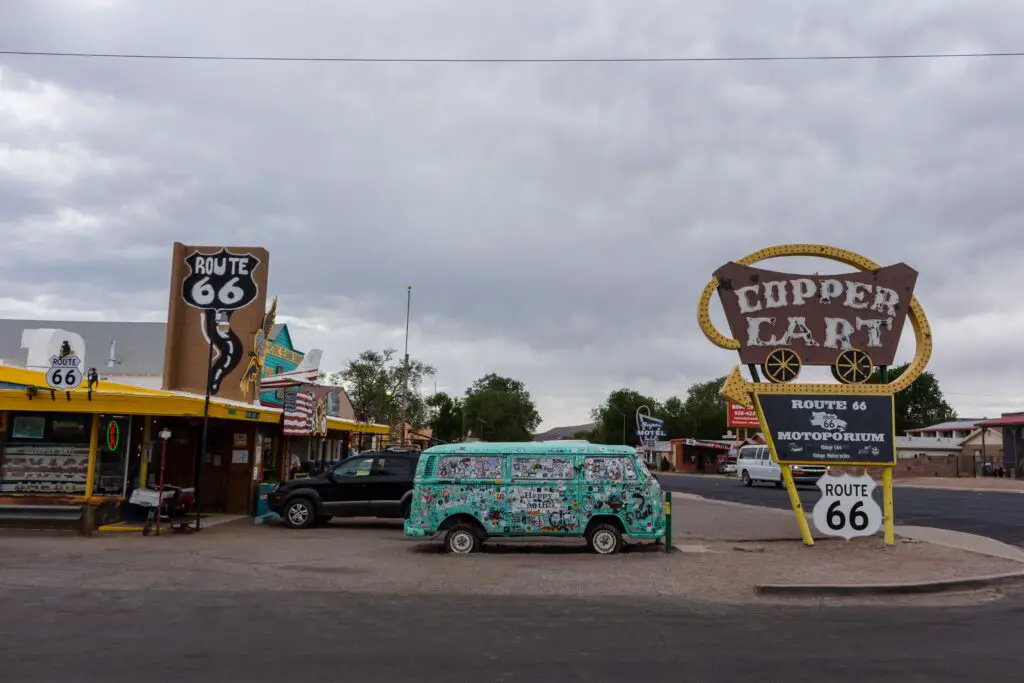
Seligman, Arizona, was once a thriving railroad town that served as a major stop on Route 66. The town’s strategic location made it an important hub for travelers and freight transport. However, as the railroad industry dwindled and Route 66 lost its prominence, Seligman’s fortunes declined. By the late 20th century, much of the town was abandoned, leaving behind a few businesses and relics of a bygone era.
Today, Seligman remains a quirky reminder of the heyday of Route 66. Though it is no longer the bustling town it once was, some businesses have continued to operate, catering to the nostalgic travelers who visit to relive the past. The empty buildings and ghostly remnants of the town’s former life stand as a testament to the changing landscape of America’s transportation systems. Seligman’s past may be largely forgotten, but its place in American history remains intact.
14. Garnet, Montana
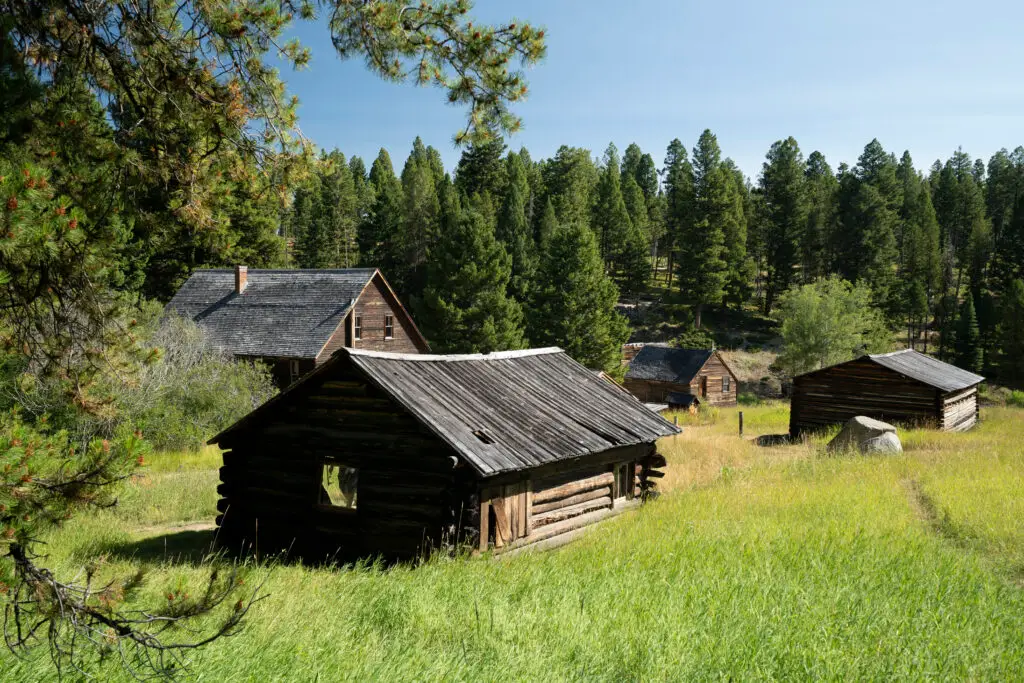
Garnet, Montana, was a thriving gold mining town during the late 1800s, attracting prospectors from all over the country. The discovery of gold in the area led to a population boom, with the town growing rapidly and reaching a peak of over 1,000 residents. However, as the gold veins ran dry, the town began to fade, and by the early 1900s, most residents had moved on. The last people left in the 1940s, and Garnet was completely abandoned.
Today, Garnet is a well-preserved ghost town, with many of its buildings still standing. The town’s history is preserved through interpretive signs and guided tours, allowing visitors to step back in time and experience what life was like in the early days of the American West. Despite its desolation, Garnet remains a popular destination for those interested in history and the gold rush era. Its eerie silence and untouched buildings make it a haunting reminder of a once-thriving community.
